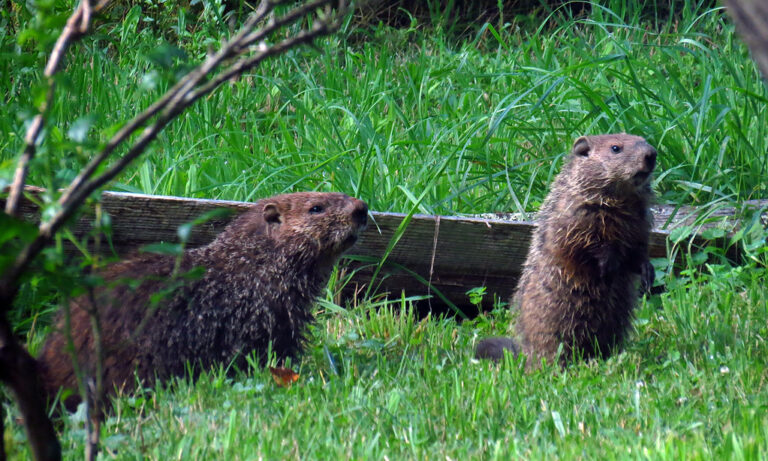Do Groundhogs Eat Ticks?

Groundhogs are not known to eat ticks. Because they are herbivores and eat a primarily plant-based diet. Their diet consists of a variety of garden vegetables and an occasional bug or grub.
Do Groundhogs Carry Ticks?
One of the things that groundhogs carry the ticks. also carry fleas and ticks, which can transmit diseases such as Lyme and Powassan to humans and pets. Rabies: Algae are known carriers of the rabies virus.
Groundhog Tick On Dog
If you find a Groundhogs tick in yourself or your pet, try to remove it immediately, as the pathogens can be transmitted within 15 minutes of the bite. To remove the tick, grasp the parts of your mouth with tweezers as close to the skin as possible and press firmly without squeezing.
The Groundhog or woodchuck is distributed in the Eastern and Central United States, as well as Eastern Canada. Its scientific name is Ixode cookei and is the leading vector of the Powassan virus in the US and Canada.
What Is A Woodchuck Tick?
The Groundhogs tick, also known as the woodcock tick, is found primarily in the eastern half of the United States. It rarely bites people and is responsible for the spread of Powassan virus disease.
Groundhogs Tick
Groundhog ticks, also known as Woodchuck ticks, are very similar in appearance to black-footed deer ticks, so an expert study is strongly recommended to safely distinguish the two species.
Fortunately, unlike deer ticks, Groundhog ticks have not been associated with the transmission of Lyme disease and generally do not prefer humans as hosts.
Different Types Of Groundhogs Tick?
They are found primarily east of the Rocky Mountains but are also found in limited areas of the Pacific coast. American dog ticks Dermacentor variabilis are found mainly in areas with little or no tree cover, such as grassy areas and along walkways and paths.
They feed on a variety of hosts, ranging in size from mice to deer, and can survive up to 2 years at that stage if no host is found. Females can be identified by their large, off-white eyes against a dark brown body.
Groundhog Tick Identification
Pig ticks resemble deer ticks in appearance and are usually distinguished by microscopy. Algae ticks are not known vectors of Lyme disease but are deer ticks. Thus, proper identification may be essential in some cases.
THE Seaweed ticks are reddish-brown and about the size of a sesame seed. The female ticks of this species have a brown shield on the back, diamond-shaped. This marking helps identify them as deer ticks, like a deer tick with a circular shield of the same color.
These two ticks can also be distinguished by season. Black-footed deer ticks are active in spring and fall as well as summer. The peak time for pig ticks is in July.
Associated Diseases
Although because of this type of tick there are high possibilities to create different types of disease.
The Swine ticks are vectors of the Powassan virus that cause Powassan encephalitis. The disease is rare but there are known cases in the northeast. A bull tick typically picks up the virus from one of the tiny animals it feeds on, such as a skunk or rodent. When a tick bites another animal or human, the harmful pathogens are transferred
If you find a pig tick in yourself or your pet, try to remove it immediately, as the pathogens can spread within 15 minutes of being bitten. To remove the tick, hold the parts of your mouth with tweezers as close to the skin as possible and squeeze without squeezing. Squeezing can cause stabbing of the body and leakage of harmful fluids. Then disinfect the bite area and flush the tube on the toilet.
Conclusion
Groundhog ticks are often considered a nuisance and DO NOT transmit Lyme disease. They can, however, spread the Powassan virus, a deadly disease that has caused the virus.
Not much is known about that ticket down other than those owners and the possibility of carrying the Powassan virus. They are less common than deer or puppies, but can be found in humans and pets when you are out and about.






